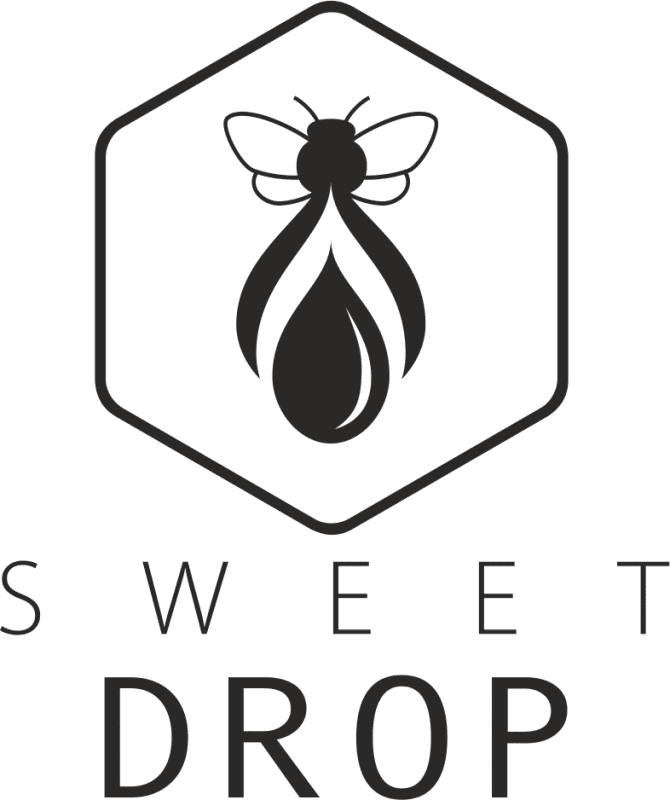Apitherapy, Bees, Honey, Bee Bread, Bee Pollen
Worker Bees
Worker bees are the smallest in the bee family, they are females that do not have developed ovaries and cannot reproduce. Worker ‘s (immature female) hind legs with pollen collector (basket on the outside of the calves, brush on the inside of the paws). The tip of the abdomen reaches the tops of the compressed wings.
When a mother dies, they can also lay eggs, but they are infertile (only drones develop). In a healthy family, workers do not lay eggs. Workers are the best known members of the hive, accounting for about 99% of the population in each bee colony. They are all female, their purpose is to collect pollen and nectar from the flowers of plants, to build and protect the hive, to clean and promote air circulation by whipping the air with wings.
These are the only bees that most people see flying outside the hive. If the queen bee dies, the workers will raise a new queen by choosing a young larva and feeding it a special food called royal jelly. In strong, healthy families, bees live on average 28-32 days, and in weak ones with fewer bees and less favorable living conditions.
In summer, bees survive in strong families for about 35 days, and during the wintering period during the winter. The number of bee workers in the family is also changing: up to 15-20 people are missing in the spring; in summer – 40-60 missing, in autumn it drops again to 20-25 missing.
Two weeks after hatching, the bees start flying: first orienting, then collecting pollen and nectar. These become voters, or field bees.
For the first three days, the bees that hatch from the cages clean the cell cages.
Their body strengthens as they work, and they begin to work harder: 4-day-old bees feed on larvae, older ones on a mixture of honey and pollen, and from the seventh day onwards, the young feeds on milk produced by the cheeks and pharynx.
Bees 6 to 14 days old fly out on warm sunny days. He goes out on the forehead, gets up and, turning his head to the hive, flies in front of him, noting the location of the varnish, the color and shape of the hive, its position, and other hives or objects. After a little touching and cleaning, they return to the hive. Later, the bees gradually run longer and further. After feeding and resting in the hive, they continue to grow the rootstock.
From 8 to 18 days, when a honey bee is good, the bee takes nectar from the flying bees and processes it into honey. During the 12-18 day old, it produces a lot of wax and sews honeycombs. In addition to these jobs, some bees continue to clean the honeycomb cages, repairing them so that the mother can lay eggs.
Around the 14th day, the bees start collecting nectar, pollen and water. They protect the hive varnish, prevent outsiders from entering it, keep the hive clean and, if necessary, ventilate it. In a normal family, three-week-old bees become voters.
Simplified, bee jobs would look like this: develop in three weeks; three for the hive bees and the remaining three for the bees in the field.
The work of bees in collecting food depends on the condition of the family and the nature of the honeysuckle: the more broods in the family, the more bees carry pollen, the better the honeysuckle in nature, the more bees collect nectar from flowers or honeysuckle. Optimal when 2/3 of the hive bee in the family.
The order of work described also changes for many other reasons: if, for example, a large number of field bees die in the family, the young start flying more intensively before the age of 14 days.



